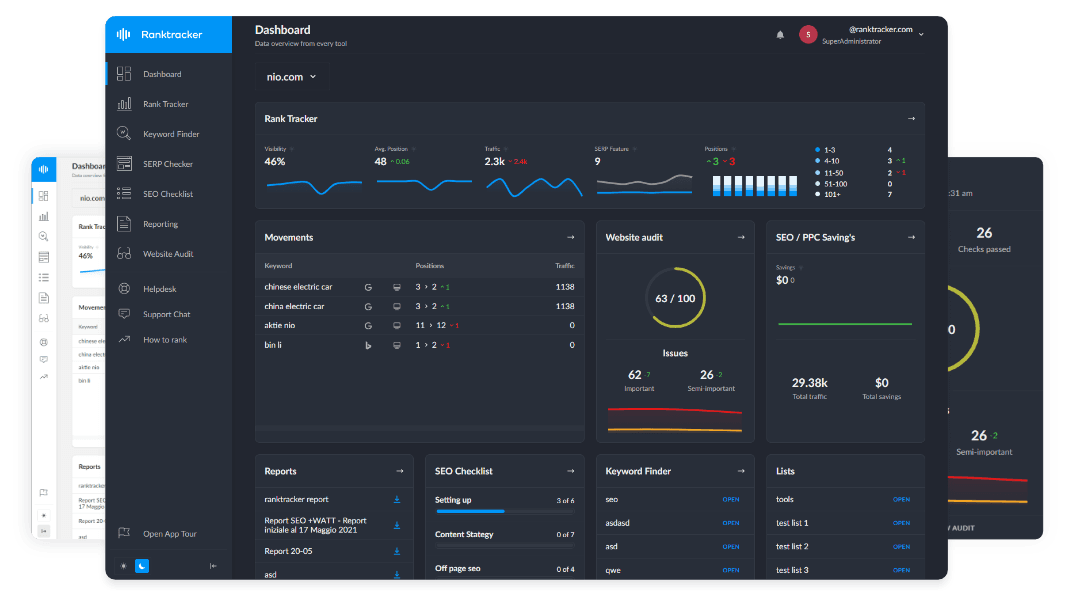Intro
Performing a technical SEO audit helps identify issues that impact search engine visibility and user experience. Follow this step-by-step guide to audit and optimize your website for better rankings.
1. Check Website Crawling & Indexing
Search engines need to properly crawl and index your site for it to appear in search results.
Steps to Analyze Crawling & Indexing:
- Use Google Search Console to check for indexing errors.
- Review your robots.txt file to ensure no critical pages are blocked.
- Generate and submit an XML sitemap to Google Search Console.
- Use site:yourdomain.com in Google to check indexed pages.
2. Assess Website Speed & Performance
Page speed is a ranking factor and crucial for user experience.
Ways to Improve Site Speed:
- Test speed with Google PageSpeed Insights and GTmetrix.
- Enable browser caching and lazy loading for images.
- Compress images using WebP format.
- Minify CSS, JavaScript, and HTML.
- Use a Content Delivery Network (CDN).
3. Ensure Mobile-Friendliness
With mobile-first indexing, your site must be optimized for mobile users.
Mobile Optimization Tips:
- Use Google’s Mobile-Friendly Test.
- Implement a responsive design.
- Ensure tap targets and fonts are easily readable.
- Optimize images and videos for mobile.
4. Analyze Website Security (HTTPS)
Security is a ranking factor, and an unsecured site can lose user trust.
Security Checklist:
- Ensure your site uses HTTPS.
- Check for mixed content issues (HTTP elements on HTTPS pages).
- Implement secure headers to prevent security threats.
5. Fix Broken Links & Redirect Issues
Broken links can negatively impact SEO and user experience.
How to Fix Link Issues:
- Use Screaming Frog or Ranktracker’s Web Audit to detect broken links.
- Redirect outdated URLs using 301 redirects.
- Avoid redirect chains and loops.
6. Implement Structured Data Markup
Schema markup enhances search engine understanding and helps with rich results.
Steps to Implement Schema Markup:
- Use JSON-LD format for structured data.
- Apply schema types like FAQ, Review, Product, and Article.
- Test with Google’s Rich Results Test tool.
7. Optimize Internal Linking & Site Structure
Internal links improve navigation and help distribute link equity.
Best Practices for Internal Linking:
- Use descriptive anchor text.
- Link from high-authority pages to important content.
- Avoid orphan pages (pages without internal links).
Final Thoughts
A technical SEO audit ensures your site is optimized for search engines and users. By analyzing crawling, speed, security, mobile-friendliness, and structured data, you can identify and fix critical issues that impact your rankings.

